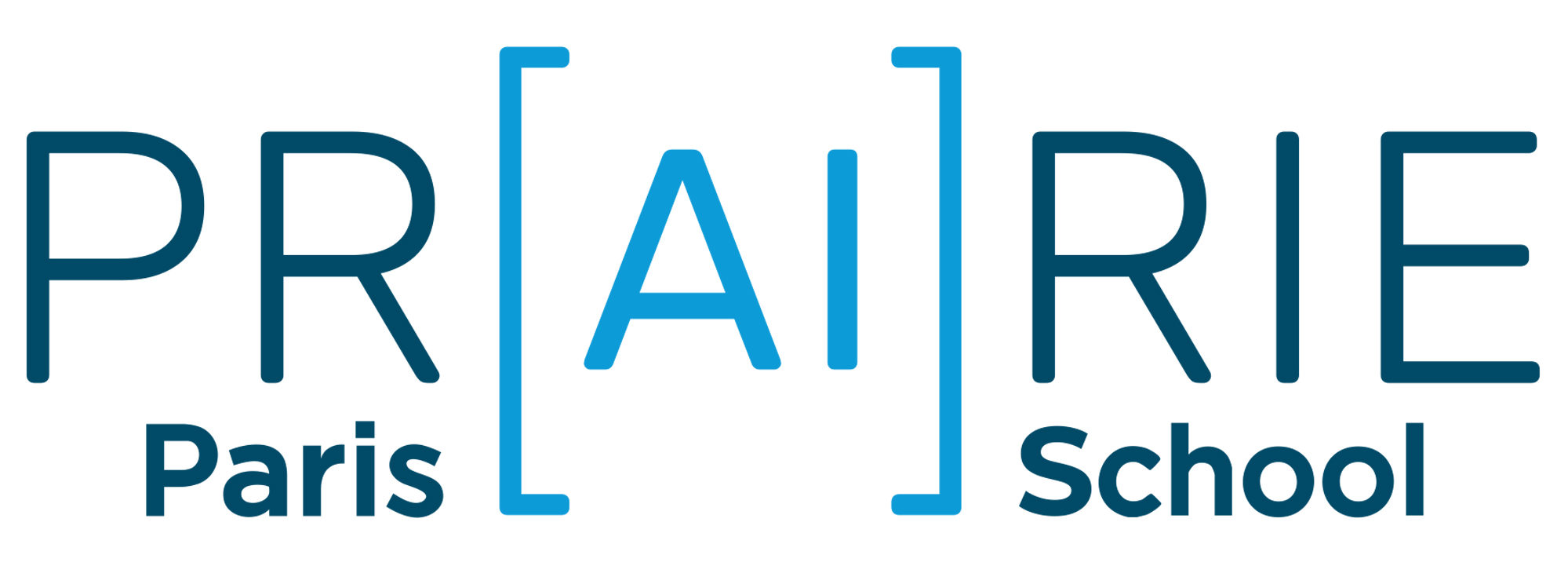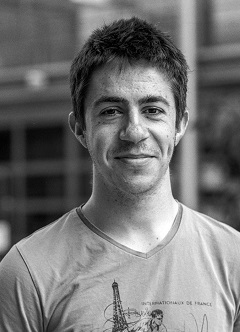Robotics requires continuous decision making under a short feedback loop from reality: decisions are real-world motions, immediately followed by a flow of sensory updates that must be processed in the nick of time before a new decision is required. Making sense of these sensory updates to achieve meaningful tasks is a key challenge, and a forefront where artificial intelligence is accelerating. From humanoid robots that could only walk on flat floors in the 2000’s, we have stepped within two decades to humanoid athletes that can perform backflips and enduring quadrupeds that hike mountains.
The two forefronts of the current research landscape in robotics, model-based and end-to-end architectures, are represented within the Prairie Institute. On the model-based front, we prioritize the development of advanced prediction capabilities based on mathematical modeling and dedicated optimization algorithms that leverage the mathematics of motion. On the end-to-end front, we design and study architectures that can integrate a wide spectrum of modalities, with a particular emphasis on the connection of natural language and vision to robotic motion.
GARCIA PINEL Ricardo
ricardo-jose.garcia-pinel [at] inria.fr
Short bio
- Bachelor of Engineering in Telecommunication Technologies and Services, Technical University of Madrid (UPM)
- Master of Science in Telecommunication Engineering, Technical University of Madrid (UPM)
Thesis topic
Learning visuomotor policies for robotic manipulation and navigation.
Short abstract
Current industrial robots are mostly restricted to predefined tasks in controlled environments and are lacking the ability to adapt to new settings. Hence, the use of robots in cluttered and changing environments where the robot is required to adapt behaviors during task execution presents a major challenge. Existing methods rely on hand-engineered methods which typically overfit to a particular setting and need to be re-designed for every new task and environment. To deal with those challenges, future robots should be equipped with advanced perception coupled with control enabling navigation and manipulation in previously unseen and dynamically changing environments. The scientific objective of this thesis is to design, develop and evaluate new models and algorithms for learning visuomotor policies for goalconditioned robotic manipulation and navigation.
CHABAL Thomas
thomas.chabal [at] inria.fr
Short bio
- Master’s degree in Applied Mathematics and Computer Science – Ecole des Ponts ParisTech (diplôme d’ingénieur)
- Master’s degree in Mathematics, Vision and Learning (MVA) – Ecole Normale Supérieure Paris-Saclay
Thesis topic
Physics and Learning for Visually-Guided Robotics.
Short abstract
The purpose of this PhD is to enhance robots autonomy in unknown environments by learning visually-guided behaviors from sensory data. We plan to automate action plans by developing methods combining modern computer vision techniques with geometric reasoning which will lead to fast search methods, able to adapt on-the-fly to previously unseen environments.
CARPENTIER Justin
Inria / L’Ecole normale supérieure - PSL
justin.carpentier [at] inria.fr
Short bio
Justin Carpentier is a Researcher at Inria Paris within the WILLOW team. His research lies at the interface of Learning, Perception and Control for Robotics. From 2018 to 2019, he was a postdoctoral research associate in the same WILLOW team. He obtained a PhD degree from the University of Toulouse in Robotics in 2017.
Topics of interest
Robotics, Control, Vision, Optimization and Machine Learning.
Project in Prairie
The main scientific objective of Justin’s project within PRAIRIE is to lay the mathematical and algorithmic foundations to enable robotic systems (i) to learn precise model of their dynamics and their interactions and (ii) to exploit these learned models inside advanced control schemes in order to precisely achieve dynamic motions and solving complex tasks, all with an advanced level of autonomy and agility.
Quote
Despite major progress in mechatronics, planning, automatic control and perception over the past decades, current robots remain in overall limited in their capacity to comprehend and control the heterogeneous set of interactions with their environment. The overall ambition of Justin’s research is to enhance the robot capacities to precisely and safely interact with their surroundings in order to achieve fine manipulation gestures and agile locomotion, by leveraging recent progresses made in Vision, Machine Learning, Optimization and Control.
Team



